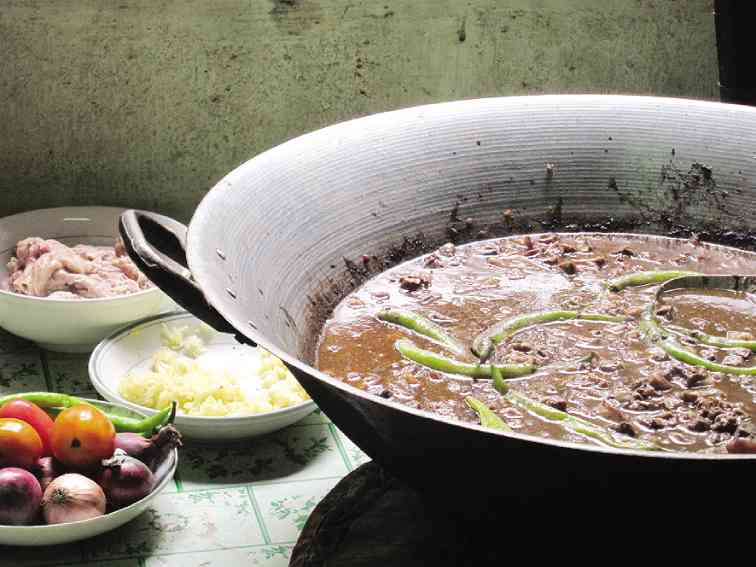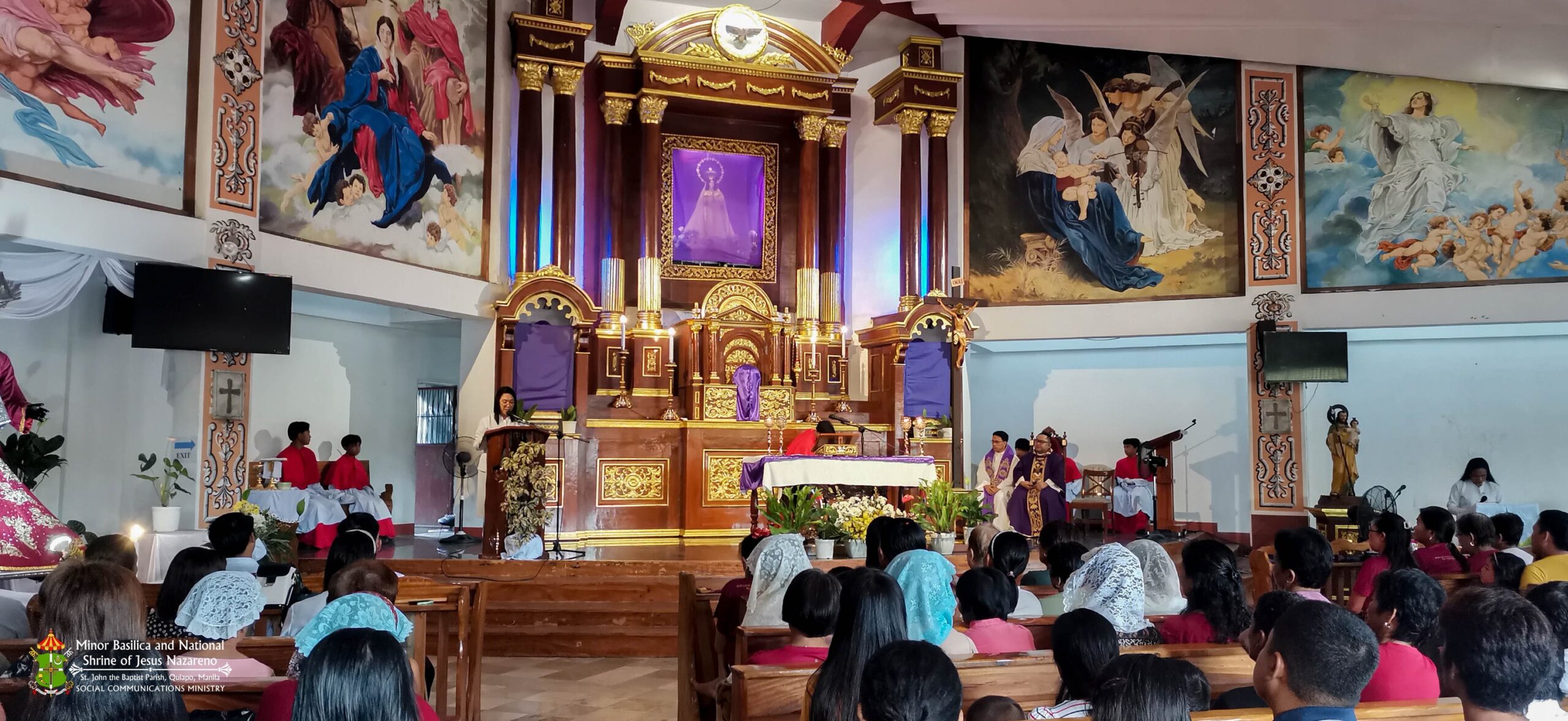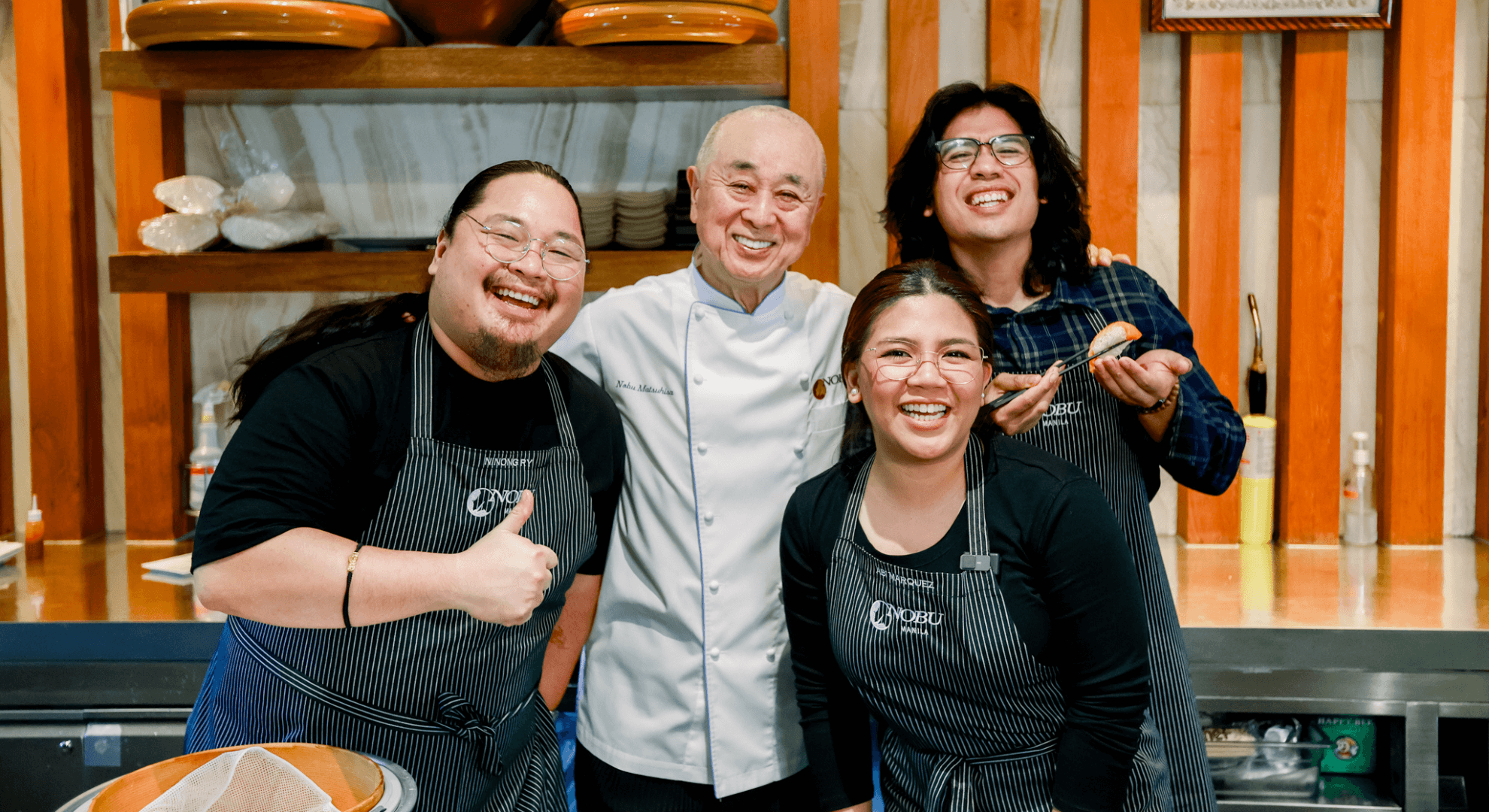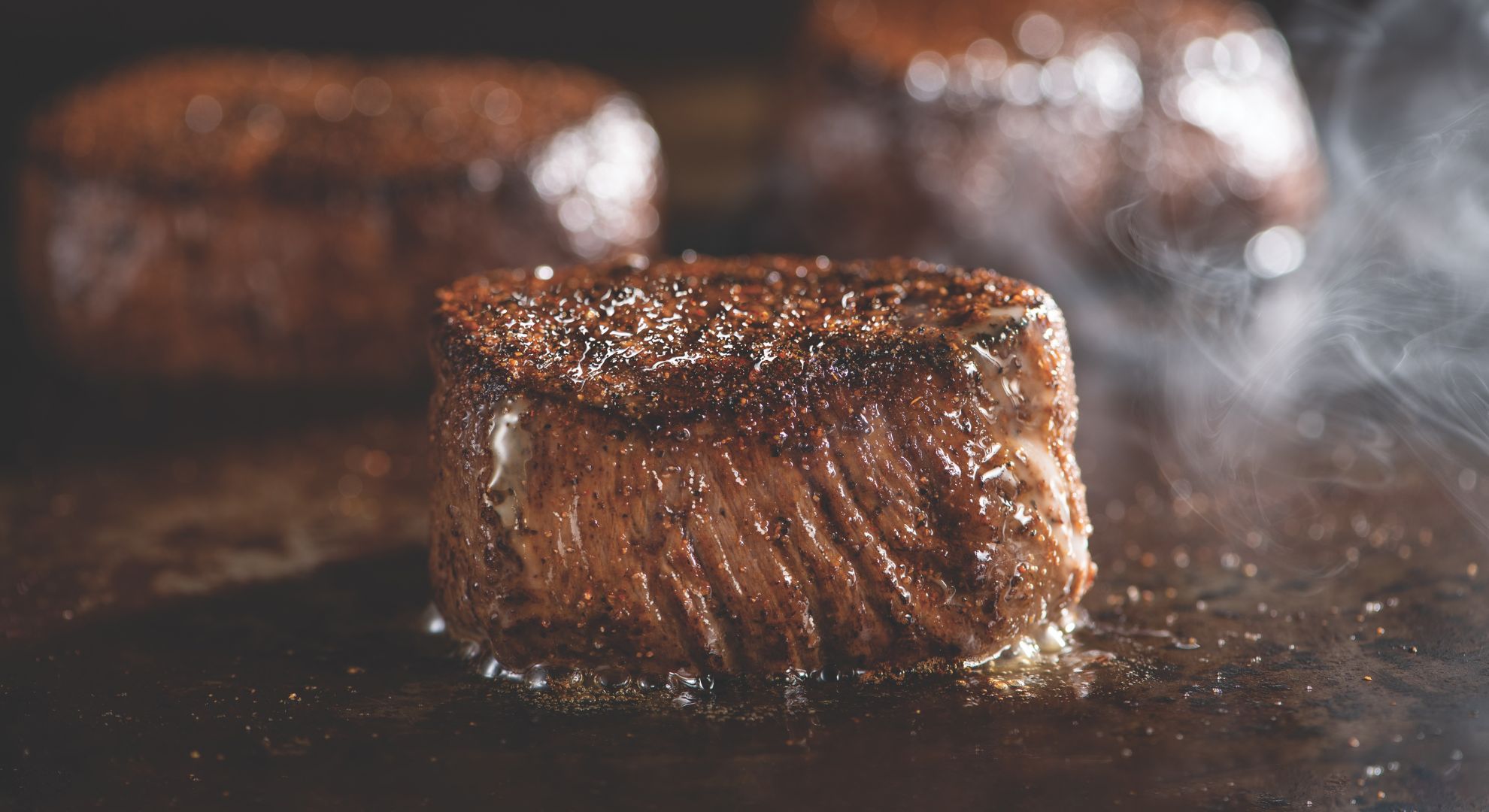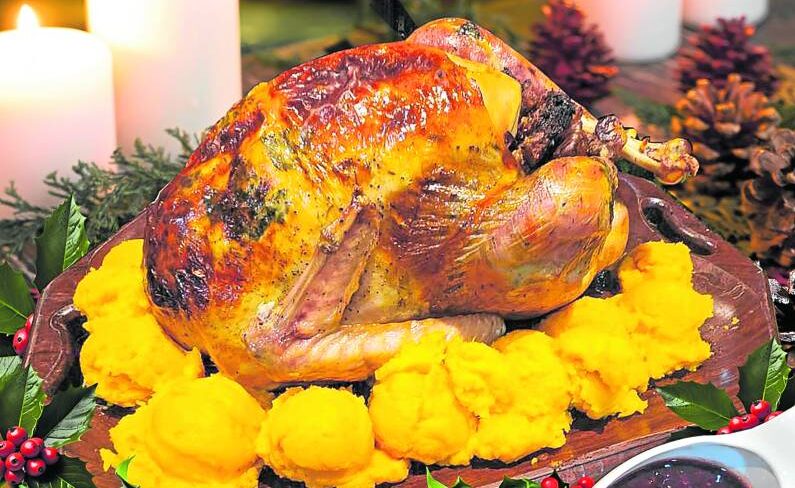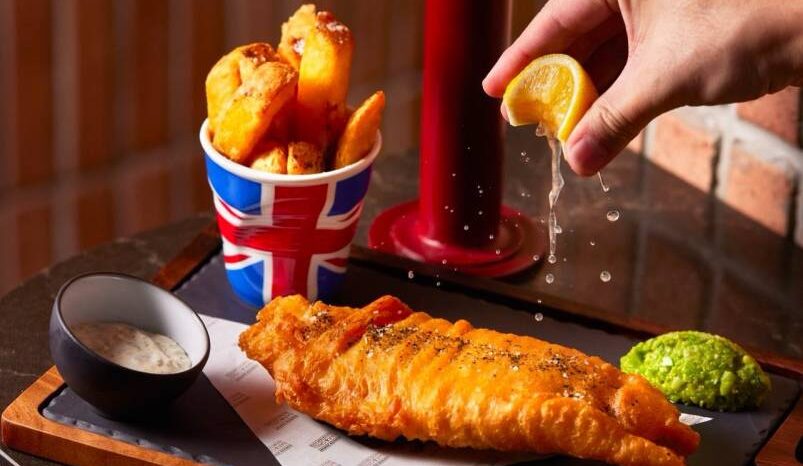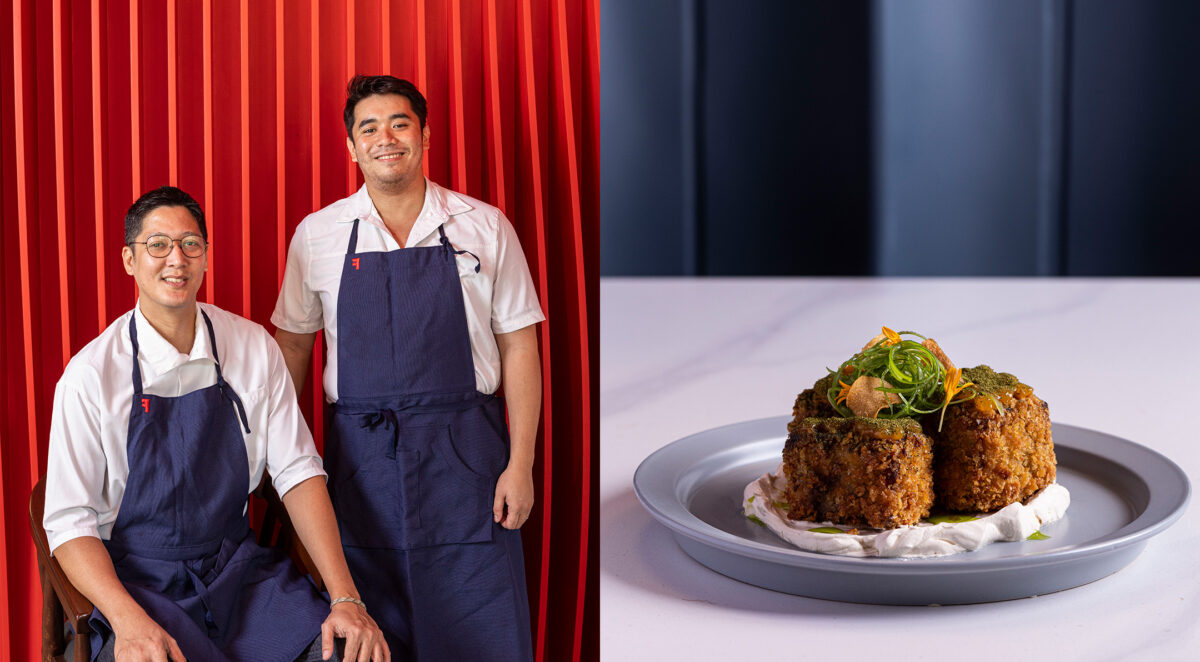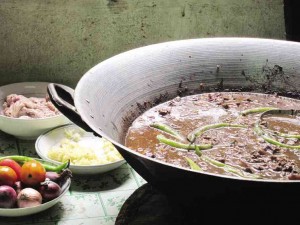
Blood stew is one of my favorite dishes. But dinuguan, if you think about it, is really more meat than blood. In true nose-to-tail fashion, a trend treated as a recent revelation and advocacy by Western “foodies” yet practiced in this country since time immemorial, various parts of the pig are chopped up and the blood is simmered to become a beautiful, rich, thick black sauce.
In our hometown in Sta. Maria, Bulacan, we use pig’s ears, pork belly and innards, including the heart, spleen and lungs.
It’s a dish that has regional variations. I’ve tried a version with gata (coconut milk) from a cook who hails from Bicol. The gata adds a sweet dimension and smoother texture to the dish. The Ilokanos call their blood stew dinardaraan, a version of dinuguan that has crispy meat, as opposed to the Tagalogs’ softer version, while maintaining a similar texture in the blood sauce.
This crispy version is offered in Kanin Club, and recently I also found dinardaraan in Victorino’s in Quezon City and in Empanada Nation, a fast-food joint.
Rich texture
In Nueva Ecija, while the dinuguan is similar to the Tagalog version, tamarind leaves are used as a souring agent and the dish is called tinumis. In Pampanga, tidtad is a soupier version, where the blood is first coagulated (unlike in the Tagalog version, which deliberately prevents coagulation) to become a bouillon, then dropped into the mixture.
And for those afraid of blood, there is kilayin, a version that uses liver instead of blood for the rich texture of the stew. Des Rodriguez Torres sells kilayin in Salcedo Market on Saturdays.
Is the use of blood a barbaric thing? Sure. And, in fact, historically so. Melas zomos, or black soup, was reportedly consumed by members of the Spartan armies for sustenance. Interestingly, like our dinuguan, they used vinegar to keep the blood from coagulating. Legend has it that, upon tasting melas zomos, a man from Sybaris, or the opulent, ancient city of Magna Graecia, remarked in disgust: “Now I know why the Spartans do not fear death.”
The recipe for this dish is no longer around, though I imagine it to be similar to the Czech prdelacka, which is a pork blood soup with onions, garlic and potatoes (though the Czechs make blood pudding first out of the blood then mash this to melt into a soup).
Closest cousin
I guess that, in the more affluent or sophisticated parts of the world, pork blood as soup is not acceptable. While we have a lot of similar recipes, the French have no version of our dinuguan. Instead, they have the Lyonnaise blood sausage. The English call their version blood pudding. The Swiss have blood pancakes. Asian cities have blood soups but from other animals—chicken, duck and even ox. In Mexico, goat’s blood is boiled into a sauce that is served with tripe tacos.
The closest to our dinuguan seems to be the Chamorrian fritada, and this may be due to some Filipino influence (Filipinos who live in Guam still refer to it as dinuguan). The dish was supposedly introduced to Guam during the Spanish era by way of Mexico (so similar to us!), but altered to use ingredients available in Guam, so pork was substituted for lamb.
Maybe it’s an acquired taste. Maybe it’s peasant, if not barbaric. Maybe it matches the image of Halloween, a dish to be eaten by witches and monsters.
One thing’s for sure, if the dinardaraan is something eaten by the Ilokano aswang and the tinumis eaten by the Tagalog tikbalang, then these creatures are gourmets with great taste—because pork blood is delish!
Have a yummy, bloody Halloween!
Where to go for your ‘dinuguan’ fix
Dinuguan can be found in most Filipino restaurants, but here are a few favorites:
Traditional dinuguan at Café Juanita, 19 West Capitol, Barrio Kapitolyo, Pasig; tel. 6320357
Crispy dinuguan at Kanin Club, Ayala Triangle and Alabang; tel. 6216109
Dinardaraan at Victorino’s, 11th Jamboree cor Sct. Rallos, QC; 0917-8334148
Kilayin at Salcedo Market on Saturdays, 7 a.m.-2 p.m.; look for the stall Pamangan (Leviste side).
Dinuguan and other Halloween recipes on margauxlicious.com. The author is also on Twitter and Instagram @margauxsalcedo; and on Facebook.com/margauxsalcedo

